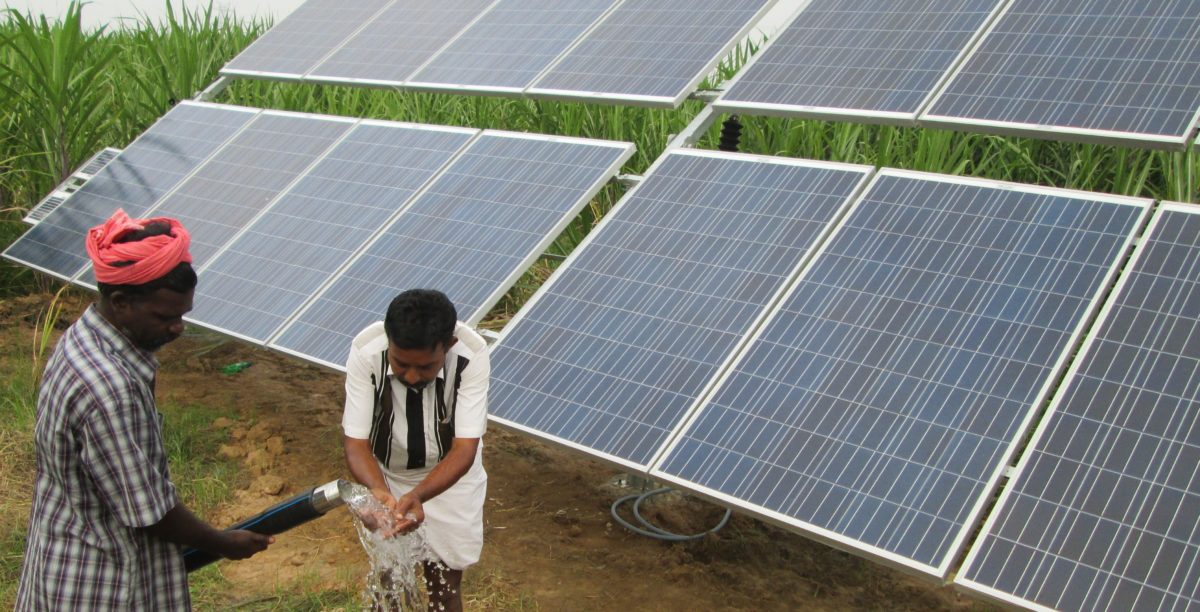From pv magazine India
Will it or won't it? The debate over the Indian government's ability to hit its ambitious 175 GW by 2022 renewables target continues to rage, with analysts Wood Mackenzie the latest to weigh into the debate.
But, as the latest intervention demonstrates, perhaps the more pertinent question should be: ‘does it matter if the target is missed?’
Solar analyst Rishab Shrestha has predicted the 175 GW mark – which includes 100 GW from solar – will be missed, but even if 76% of the target is attained, as Shrestha expects, the future is bright for renewables.
The Wood Mackenzie analyst says a double whammy related to the cancellation of solar reverse-bidding auctions – by state and national bodies dissatisfied by the level of electricity tariff set – and of uncertainty over the imposition of a safeguarding duty on solar products from China and Malaysia, means PV will fall short in four years' time.
Depreciation and land availability are further obstacles
“India faces a myriad of challenges in the renewables industry,” says Shrestha. “The recent cancellation of auctions risks jeopardizing investor confidence. Various duties on equipment and the associated uncertainty has led to a short-term uptick in solar prices. This leads to [a] knock-on effect on already cash-strapped state distribution companies, who are showing an unwillingness to greenlight high priced solar projects.”
However, the analyst says such an outcome would still be an achievement, and predicted cost declines in solar will mean that, having met an estimated 13% of its energy needs from renewables by 2023, that figure could rise to 20% by 2040, through around 384 GW of non-hydro renewables, especially if a federal government with a strong record on clean energy can harness storage, and adapt grids to flexible generation.
Such grid capacity constraints, together with land acquisition delays and the depreciation of the rupee against the dollar, prompted analysts at India Ratings and Research to predict this month that the Ministry of New and Renewable Energy's (MNRE) 2019 full-year solar auction target could be missed, as well as the overarching 2022 strategy.
But on the glass-half-full side of the debate, as recently as August, MNRE minister Raj Kumar Singh told the upper house of the Indian government the nation was “comfortably” on target for 175 GW from solar and wind within the stated timeframe.
This content is protected by copyright and may not be reused. If you want to cooperate with us and would like to reuse some of our content, please contact: editors@pv-magazine.com.




By submitting this form you agree to pv magazine using your data for the purposes of publishing your comment.
Your personal data will only be disclosed or otherwise transmitted to third parties for the purposes of spam filtering or if this is necessary for technical maintenance of the website. Any other transfer to third parties will not take place unless this is justified on the basis of applicable data protection regulations or if pv magazine is legally obliged to do so.
You may revoke this consent at any time with effect for the future, in which case your personal data will be deleted immediately. Otherwise, your data will be deleted if pv magazine has processed your request or the purpose of data storage is fulfilled.
Further information on data privacy can be found in our Data Protection Policy.